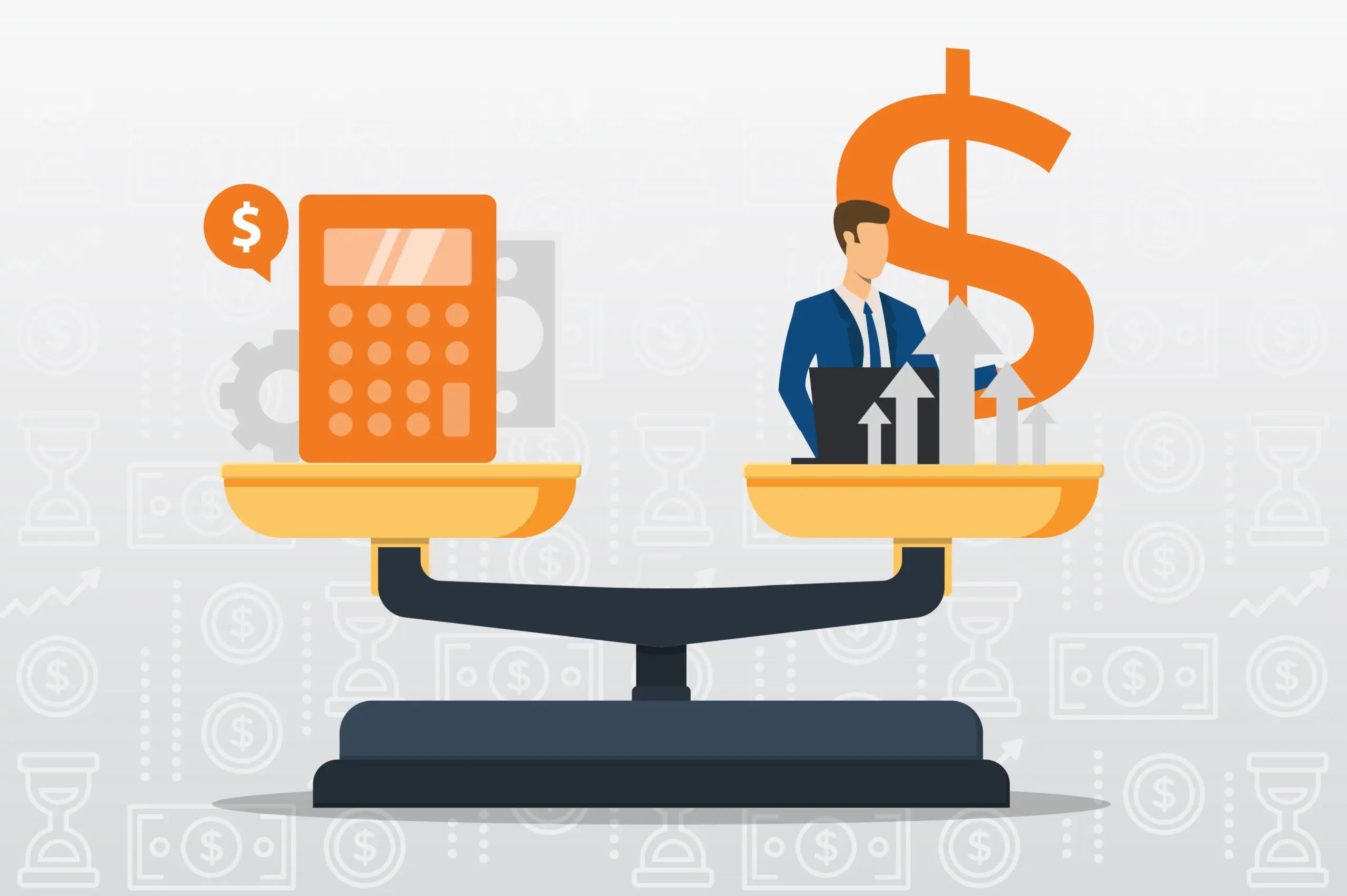Maintaining our systems—whether personal devices, enterprise servers, or household AC—is often viewed as a tedious yet necessary chore. But beneath the seemingly mundane routine lies a host of hidden benefits that contribute to both the longevity and effectiveness of any system. Regular preventative actions foster an environment where machines and networks rarely falter, and when they do, it becomes a mere hiccup rather than a catastrophe.
Reduced Downtime
Consistent system upkeep keeps machinery in top-notch condition, thereby reducing unexpected operational halts. Computers, for instance, amass digital clutter in the form of cache files, cookies, and redundant program fragments. Cleaning these enhances speed and responsiveness. Further, a smoothly running network avoids out-of-the-blue outages which are often more debilitating than stored junk. By minimizing the frequency of downtime, businesses can devote more attention to core operations rather than scrambling for solutions amidst interruptions.
An often-overlooked aspect of maintenance involves heating and cooling systems. Just as a computer benefits from regular clean-ups, a heating and cooling company can assist in ensuring that climate control systems operate effectively throughout the year. By keeping HVAC units well-tuned, energy efficiency improves, and the risk of costly breakdowns is reduced.
Additionally, machinery that is regularly maintained develops fewer complications over time. Predictive analysis obtained from routine maintenance helps in foreseeing potential issues. This enables IT staff to schedule maintenance at non-disruptive times and fix vulnerabilities before they escalate. As a result, workflows become more optimized and reliable, aligning timelines and expectations more effectively.
Cost Management

Preemptive care by a trusted air conditioner maintenance service provider is more affordable than emergency fixes. Imagine the stark difference between routine oil changes and a full engine replacement. The same logic applies to digital systems and appliances. A few dollars spent on regular check-ups can save an organization from having to shell out a fortune to rectify unforeseen breakdowns or to buy replacement equipment.
Regular maintenance also diminishes the likelihood of needing quick, expensive fixes, which might incur additional expedited costs. Minor issues can be spotted early and resolved before they cascade into larger, more complex problems requiring extensive downtime or third-party intervention.
Beyond direct repair savings, a proactive maintenance plan contributes to a structured fiscal outlook. Routine costs can be predicted and planned for, reducing the financial uncertainty that comes with sudden, unexpected breakdowns. This predictability offers companies the ability to allocate their budgets more strategically, fostering financial stability. It also opens the door to reinvesting saved capital into innovation, employee training, or customer experience—areas that drive long-term value rather than reactive expenditures.
Enhanced Security
In today’s connected environments, security threats are ubiquitous. Vigilant system monitoring allows timely patching of vulnerabilities, which could otherwise become gateways for malicious actors. Malware and ransomware prey on neglected systems, and once compromised, the repercussions can be financially paralyzing and reputationally damaging. Regular checks keep defenses robust and impenetrable. Consistent updates and patches not only close security gaps but also adapt systems to new threat patterns.
The practice of regularly updating firewalls and antivirus software is a cornerstone of a good cybersecurity strategy. Companies observing regular maintenance routines tend to stay one step ahead of malicious actors, curbing threat exposure. They employ insights gained from tech forums, peer experiences, and their testing environments to bolster their defenses, effectively lowering their risk profile.
Reliability and Performance
A well-kept system runs smoothly, translating to better productivity and output. Whether it’s seamless information transfer across a network or a bug-free app interface, users experience significantly reduced frustration. For businesses, this translates to unwavering customer trust and dependable client interactions, both vital for sustained longevity. Investing in reliable systems tends to attract lasting partnerships and customer loyalty.
Furthermore, environments with consistently high performance foster a culture of reliability and persistence. Employees are likely to feel more motivated and empowered when backed by dependable tools that facilitate the efficient completion of tasks.
Smooth, uninterrupted workflow processes lead to increased creativity and problem-solving, driving productivity while reducing stress and burnout. Over time, this reliability compounds—systems become trusted assets that allow both teams and clients to focus on outcomes instead of troubleshooting. It becomes a competitive advantage that is often undervalued until it’s absent.
Prolonged Lifespan
Fewer breakdowns and smoother operations mean systems typically last longer. Just like maintaining a classic car, regular upkeep can keep your technology assets operational beyond the industry average lifecycle. This minimizes the need for frequent replacements and ensures maximum return on investment. Prioritizing basic routines, such as clearing unused applications or checking for overheating, adds years of usability to equipment.
Ongoing maintenance tasks allow for consistent fine-tuning which further prolongs a system’s usability. Companies embracing regular system evaluations often witness a more reliable performance, lower energy usage, and better adaptation to incremental technological changes, ensuring they keep pace without constantly reinventing or overhauling their infrastructure. Additionally, well-maintained systems integrate more easily with upgrades and new tools, reducing compatibility issues and making future transitions less disruptive and more cost-effective.
Energy Efficiency
A neglected system works harder than necessary, consuming more energy in the process. Routine maintenance ensures that devices operate optimally, shaving off excess energy usage. For both individual users and large corporations, optimized energy consumption translates to reduced utility costs and a smaller carbon footprint. Cutting down on electricity usage aligns with sustainable business practices and caters to a company’s environmental responsibilities.
Improving energy efficiency also extends the internal lifespan of hardware by minimizing strain on components, which leads to fewer malfunctions and longer-lasting performance. Scheduled tasks such as updating drivers, cleaning hardware vents, or managing background processes can seem minor but cumulatively reduce unnecessary power draw. For organizations aiming to meet green certifications or internal sustainability goals, regular maintenance becomes a key operational tool—not just a technical one.
Conclusion
While system maintenance might lack the glamor or immediate satisfaction of some tasks, the benefits extend far beyond the obvious. Reduced risk of failure, lower costs, enhanced security, and increased operational lifespan are just some of the advantages of a well-maintained system. Such habits form the backbone of a resilient and sustainable technological infrastructure, paving the way for smoother and more productive operations in any sphere.


